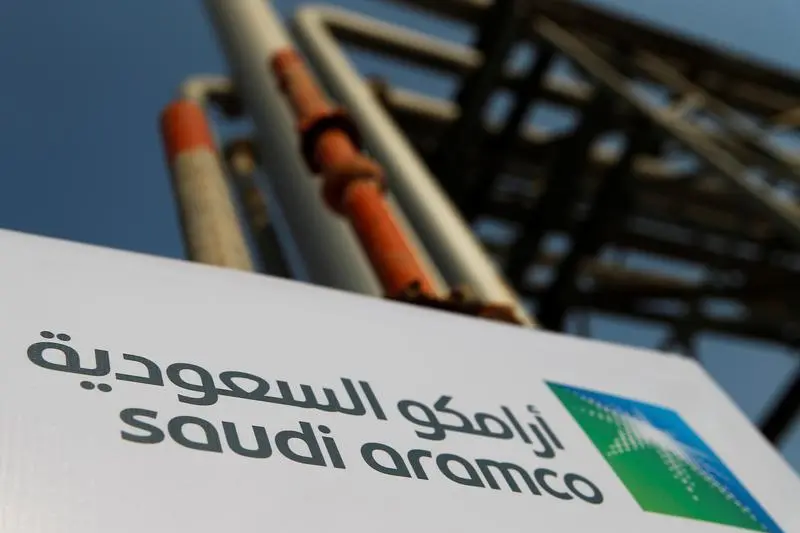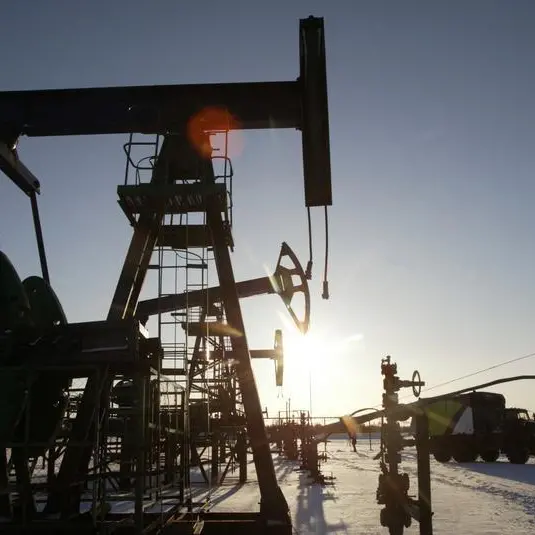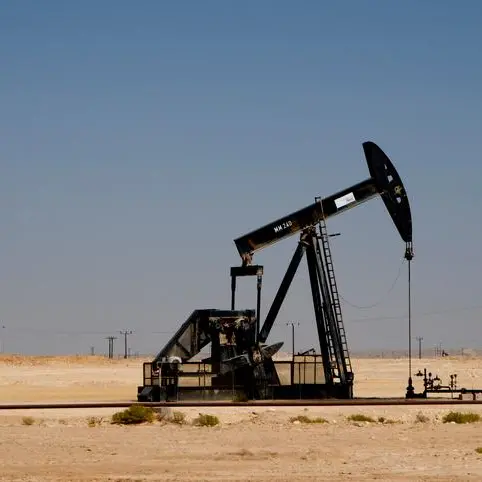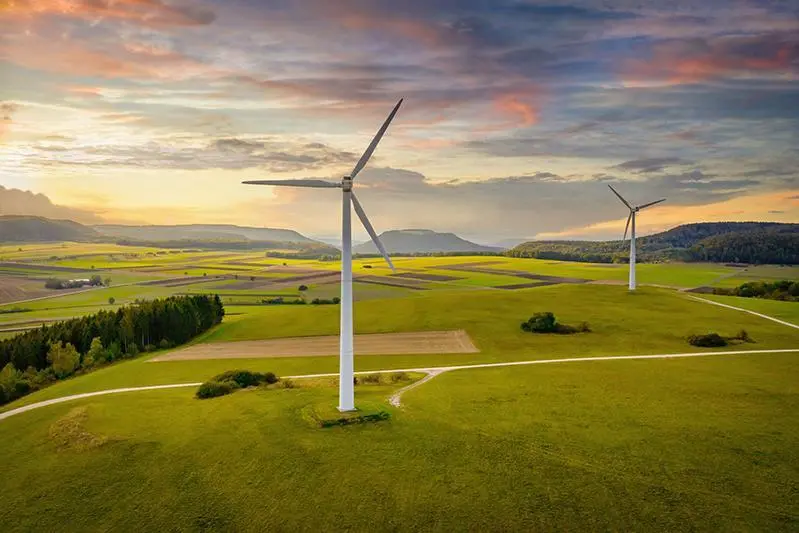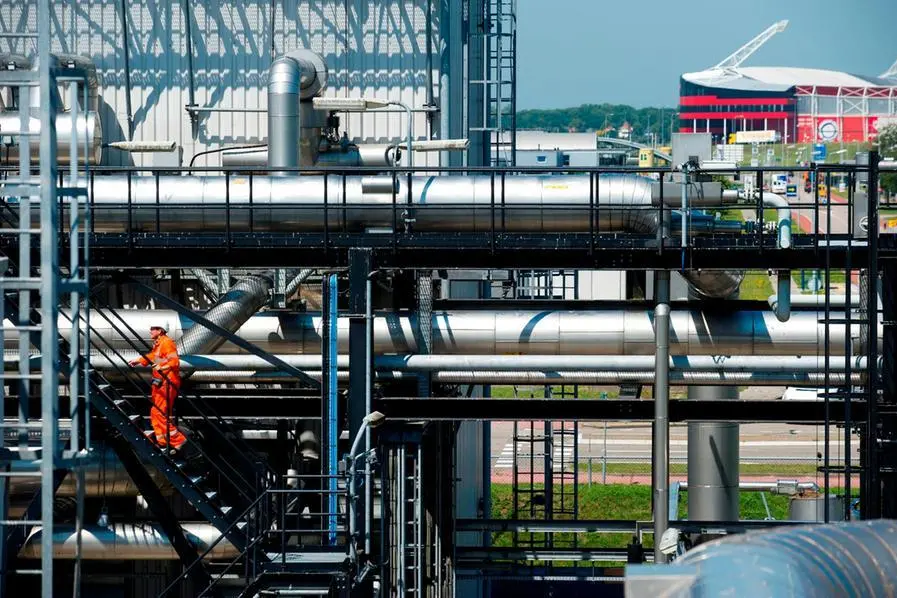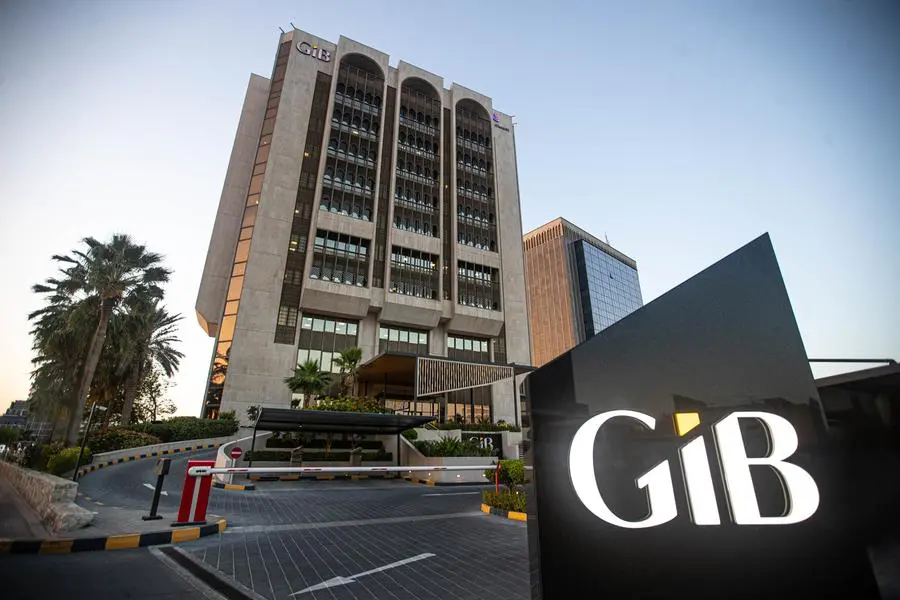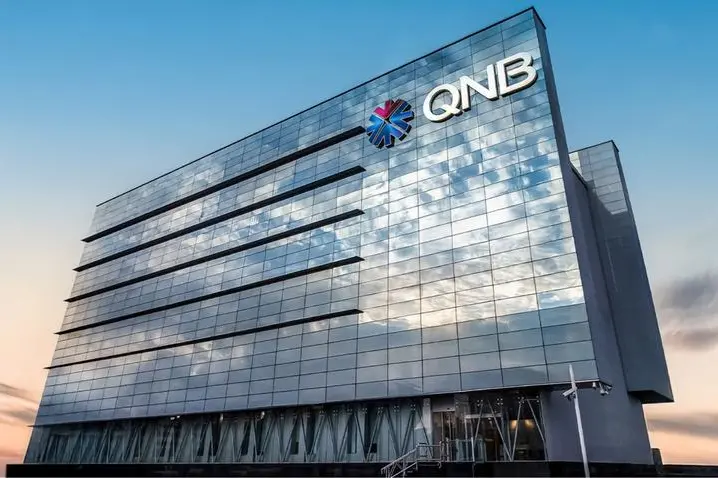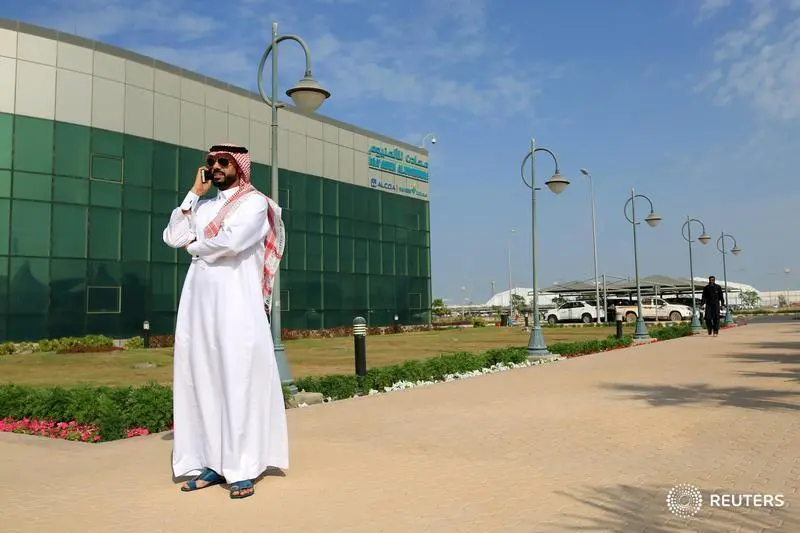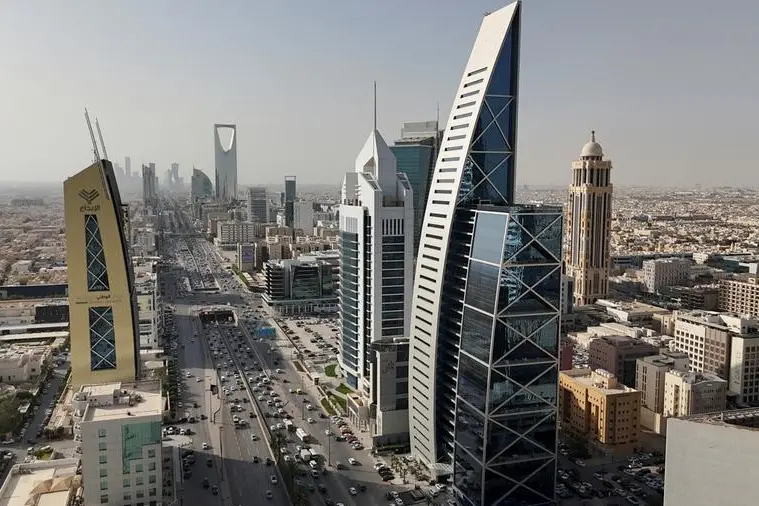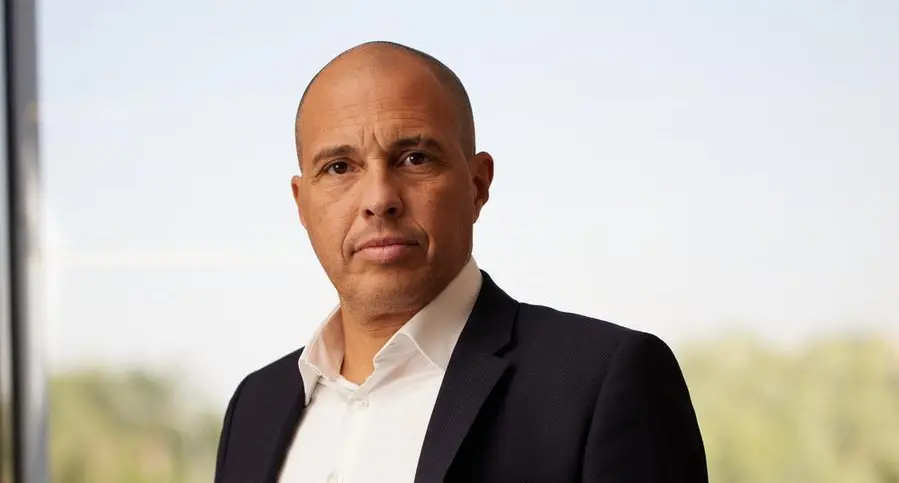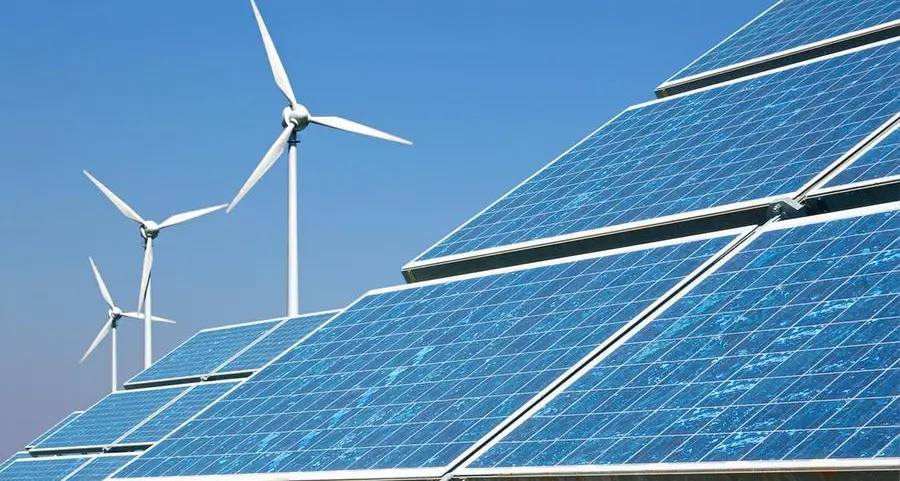PHOTO
VIENNA — President and Chief Executive Officer of Saudi Aramco Eng. Amin Nasser announced plans to increase the oil giant’s gas production by 50-60 percent by 2030 to meet the domestic demand for the industries.
“We are working to increase energy production levels until 2030, and our target is to reach 13 million barrels per day," he said while speaking on the sidelines of the international symposium of the Organization of the Petroleum Exporting Countries (OPEC) in the Austrian capital Vienna.
Nasser said that Aramco aims to expand blue hydrogen production to reach 11 million tons in the first phase, as well as to increase carbon storage. “We contribute to support many industries within the Kingdom’s Vision 2030, such as the manufacture of engines, ships, and marine industries.”
It is noteworthy that Saudi Energy Minister Prince Abdulaziz bin Salman disclosed earlier this year about the Kingdom’s strategic plans to increase its production of oil, gas and clean energy. He said then that the Kingdom is working to increase gas production by 60 percent by adding 4,000 km of gas pipelines. The Kingdom has many projects currently under various faces of development, and is working to increase its oil production capacity at a greater pace, he pointed out.
Saudi Arabia’s reserves of oil and gas increased for the fourth year by 0.3 percent during 2022, to reach 338.4 billion barrels of oil equivalent, compared to 337.3 billion barrels of oil equivalent by the end of 2021.
According to Saudi Aramco data, the reserves in the Kingdom’s oil fields include 261.6 billion barrels of crude oil and condensate reserves at the end of 2021 itself, and 36.1 billion barrels of natural gas liquids against 36 billion barrels at the end of 2021.
This is in addition to 246.7 trillion standard cubic feet by the end of 2022 compared to 241.5 trillion standard cubic feet by the end of 2021, including 156.9 trillion standard cubic feet of non-associated gas compared to 153.7 trillion standard cubic feet by the end of 2021.
The increase in total oil and gas reserves came as a result of the increase in natural gas reserves by 2.2 percent during 2022, which is the fourth annual increase in a row, as it was 233.8 trillion standard cubic feet at the end of 2018; 237.4 trillion standard cubic feet at the end of 2019, and then 238.8 trillion standard cubic feet at the end of 2020.
Under the original concession agreement, which ran until December 24, 2017, Saudi Aramco’s rights to hydrocarbons in the Kingdom were not limited to a certain period, and therefore the Kingdom’s reserves in the fields operated by Saudi Aramco until that date were the same as the company’s reserves.
But starting from December 24, 2017, the concession agreement specified Saudi Aramco’s exclusive right to explore, develop and produce hydrocarbons in the Kingdom, except for resources in the excluded areas. This is for an initial period of 40 years, to be renewed by the government for an additional 20 years, provided that Saudi Aramco meets specific conditions that suit current operating practices.
Moreover, the Concession Agreement may be extended for an additional 40 years after the expiry of the 60-year term, subject to agreement by Saudi Aramco and the government with regard to the terms and conditions of such an extension.
© Copyright 2022 The Saudi Gazette. All Rights Reserved. Provided by SyndiGate Media Inc. (Syndigate.info).
